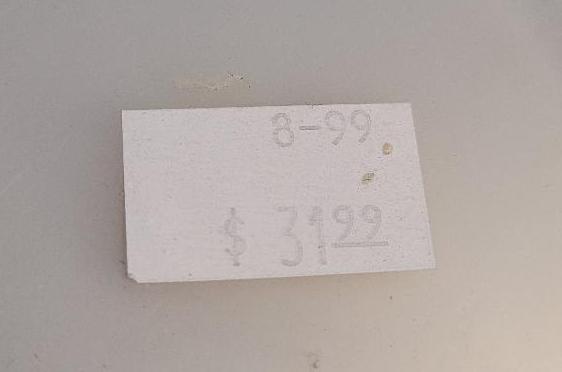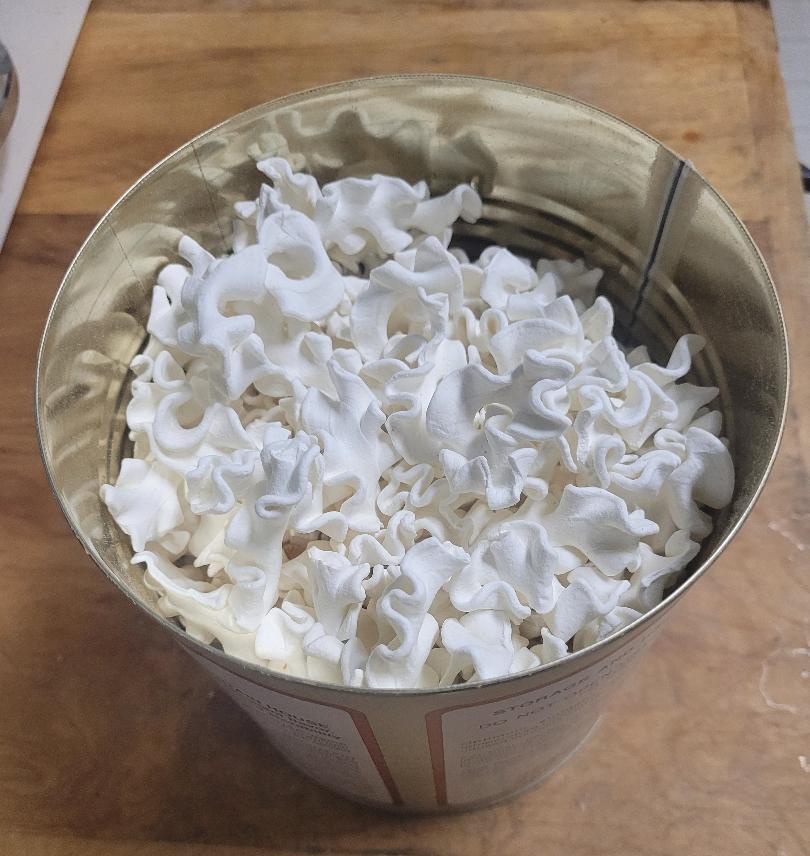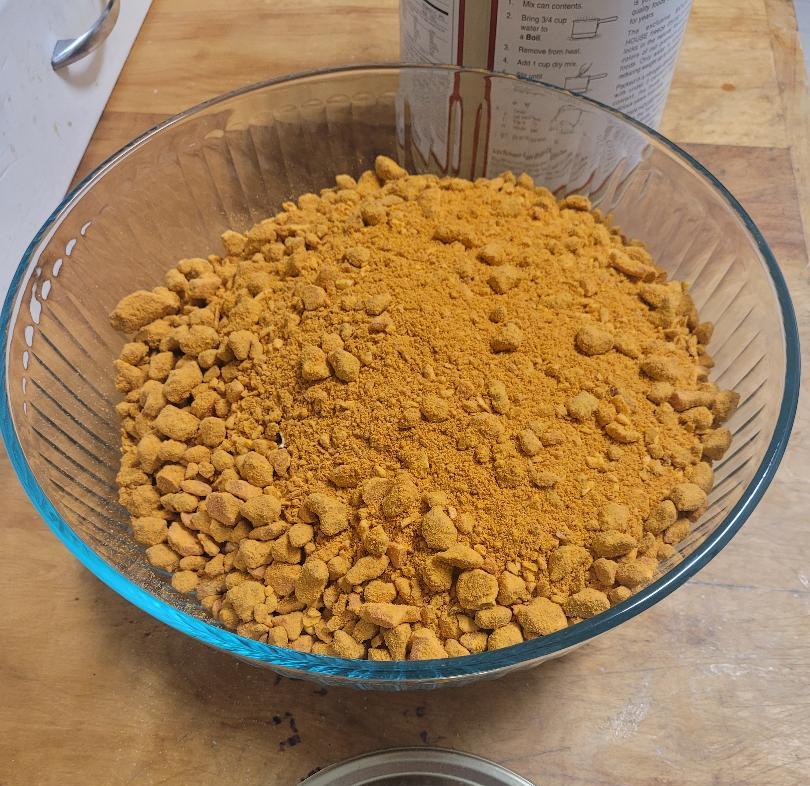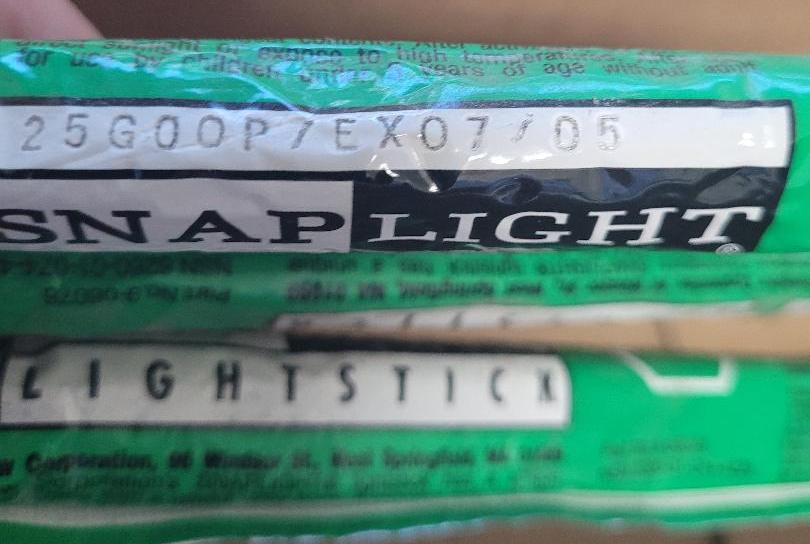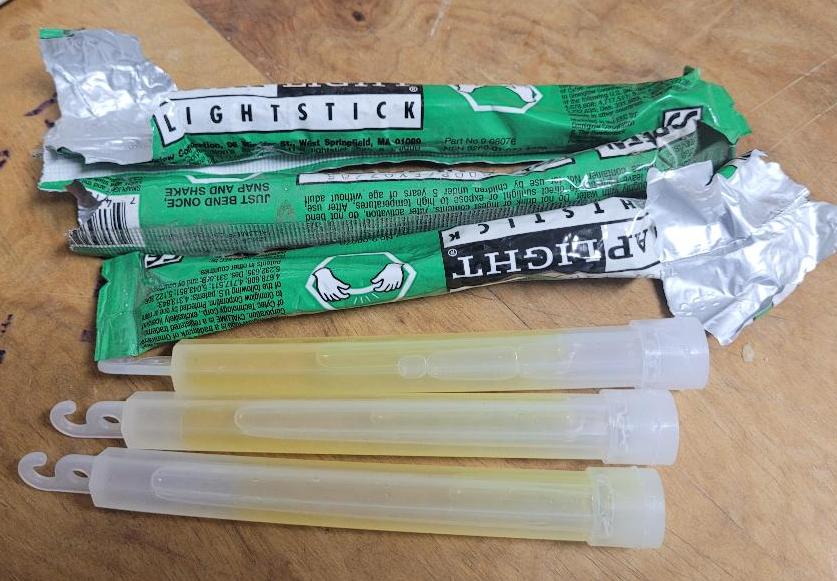As I may have mentioned before, I’ve been doing some major cleaning and re-organization in my basement. Since I’ve been squirreling away stuff down there for the last thirt years, there’s gonna be a rather interesting collection of stuff down there. And some of it is goes back those full thirty years. Thing is, things change over thirty years… Technology, manufacturing, etc, all changes to some degree. So, what artifact from the the pre-Y2K days do we have today? Why, it’s the ConSci Power Pack:
Very simply and succinctly, this is a manufactured version of the classic battery-in-a-box
The ConSci power pack is a 12v battery (and associated electronics) encased in a .50-cal ammo can to keep everything protected and water tight. It featured a pair of female 12v ‘cigarette lighter’ sockets to allow use of common 12v items of the era. Here’s what it looks like: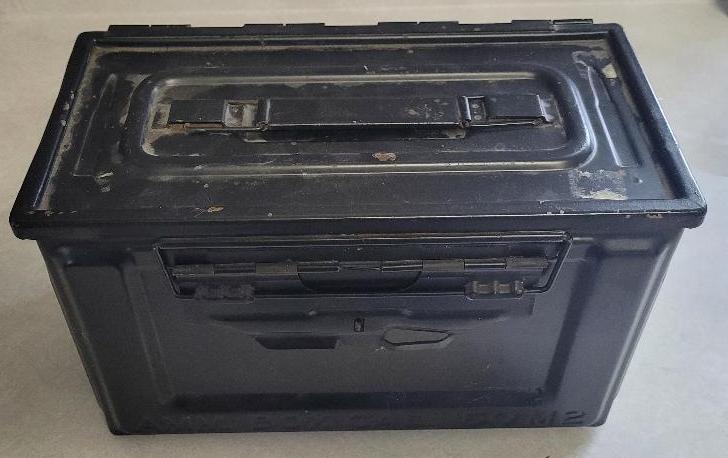
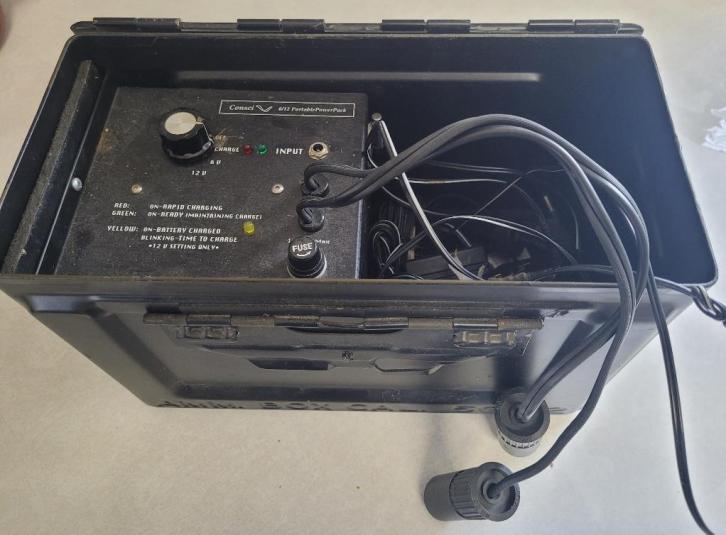
 This thing has been sitting in my basement, plugged in and charging, for over twenty years. So, I decided to see how well it would work. Remember this lamp from my how-long-will-it-run experiment? The answer to the question of how long the ConSci would run the lamp is two-and-a-half-days of continuous use. Thats about a week of use if you used it for eight hours per day. This is less than what results were when I performed this experiment with the battery jump pack I purchased at CostCo.
This thing has been sitting in my basement, plugged in and charging, for over twenty years. So, I decided to see how well it would work. Remember this lamp from my how-long-will-it-run experiment? The answer to the question of how long the ConSci would run the lamp is two-and-a-half-days of continuous use. Thats about a week of use if you used it for eight hours per day. This is less than what results were when I performed this experiment with the battery jump pack I purchased at CostCo.
The battery in the ConSci is smaller and less capacious than the one in the battery jump pack, so I suppose it isnt a truly fair comparison. And thats fine. What is important is that after twenty years this thing will still perform admirably for most emergencies.
The ConSci was discontinued a long time ago. But the whole battery-in-a-box concept has been done to death on the internet. There are all sorts of websites that give you an Amazin shopping list of everything you need to build your own version. Or, as I’ve done, pick up one (or two) of those battery jump packs and leave them plugged in and ready to go. The newer ones have built in inverters and USB ports. I’d take one of those over the ConSci for its capacity and greater versatility.
Nice to see, though, that this thing still work and the battery hasnt cooked itself after being left on the charger for twenty years.

